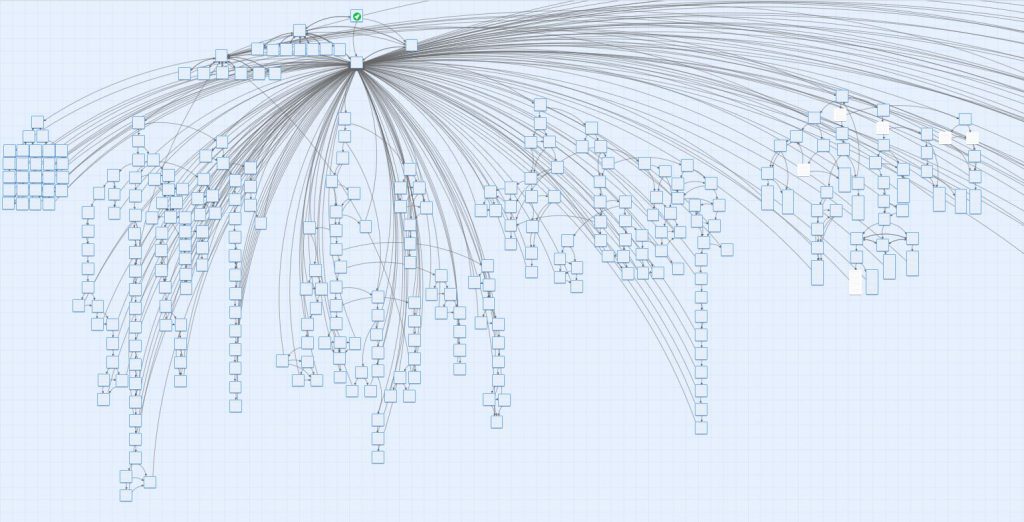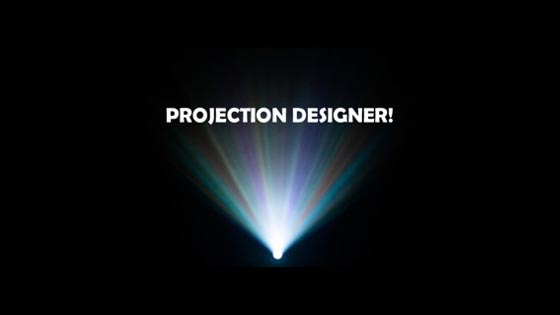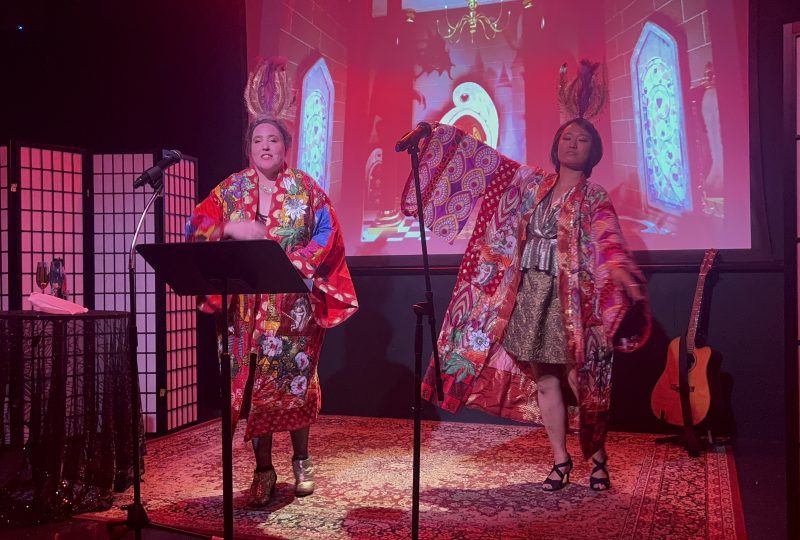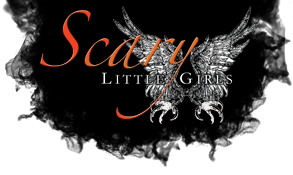
Artist LH Trevail created our first Campfire in 2020, drawing on oral history interviews from our Greenham Women Everywhere project. Campfires are virtual conversations where visitors gather to have digital conversations with Greenham Women, choosing which questions to ask to direct the narrative. Thanks to a grant from Arts Council England LH has been able to teach others how to use the programme with which she creates Campfires and here she tells us about learning tech and gathering together digitally.
Even though we are scattered to the four winds at the moment, and pinned in place wherever we landed, it gives me such joy that we can still all bundle into a room together to learn things. It may be a digital room, but we are getting better at making it feel like a good place to be. We can pull up our place in light, and carry on.
That this comes bang in the middle of a time of increasing sneeriness about digital technology is interesting. One day everyone is talking about taking time away from tech because of their experiences on social media, the next we just have to buckle down and get to grips with the good stuff instead of drifting away. Making it work for us instead of shrugging and giving up. It shouldn’t take a global pandemic to buck up on that, but bucking up we are, at least.
Today we are gathered in this Zoom room to learn how to use Twine, an open-source interactive storytelling tool. But more than that, we are learning how to learn tech. We’ve all been taught badly for so long. We get some training (if we are lucky) in how to use a particular tool to do a particular thing, and within no time the tool has totally changed or there is a new tool, and what we learned doesn’t work any more. What if we come at it differently?
Twine is a great place to jump in. It’s open-source, with multiple versions, loads of community-maintained resources, and changes all the time. It’s surprisingly simple to begin creating, and incredibly powerful. To learn how to start, we first learn how to find the tutorials and materials ourselves. We can then use the same process when the tool changes, and more importantly when approaching other tools. We learn how to approach tech as an equal, not as a subordinate trying to play catch-up. We learn that we can walk in, that it is for us, that we can be “tech people” when we pick-up-and-do rather than sit-back-and-use.
With Twine, we get to weave some interesting stories, with decision-making and consequences for the reader. We get to explore what the internet is made of – moving from plain text, to formatting text, to hypertext and html. We are tinkering under the hood. This is a gentle introduction, for sure, but the lid is up and the light is streaming in. We are all bundled up in this room made only of energy, light & words, and we are telling stories together.
Who knows what else we might choose to see..






